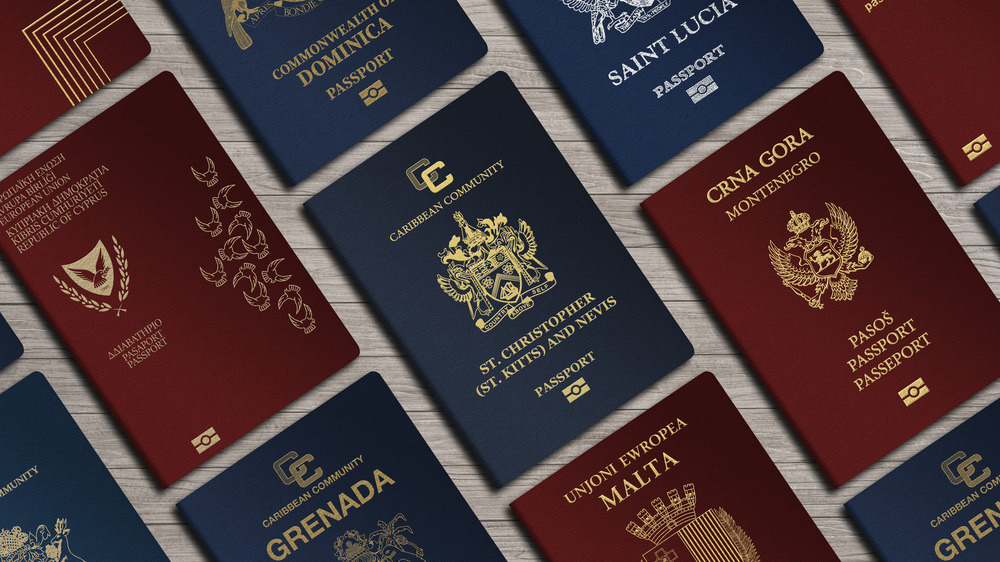The Little Known Biblical Roots Of The Passport
Per Statistca, the number of scheduled worldwide flights was down 43.5 percent the week of January 4, 2021, compared to the week of January 6, 2020. As COVID-19 has made all types of travel, particularly international travel, much less desirable and in many cases illegal, passports are getting a lot less use than they have in the past. How did the use of passports for international travel come to be in the first place?
According to the BBC, passports have a history that goes back much further than one might expect. In fact, the Bible's Book of Nehemiah describes how the prophet was presented with letters from King Artaxerxes I of Persia asking those beyond the River Euphrates to allow Nehemiah to proceed to Judah safely. While this is not entirely analogous to a passport, it is an example of an official printed object that clarifies the holder's identity and requests they be allowed to travel beyond the land in which they regularly reside. Another early example of passport-esque documents is mentioned in the Indian Sanskrit work The Arthashastra, written at some point between the second century BCE and third century AD and "refers to passes issued for a fee, without which no native of the country may leave or return."
Not all passports are created equal
As reported by Business Insider, the oldest known recognized passport is from 1636 and was presented to Great Britain's Sir Thomas Littleton by King Charles I. The signed document allowed Littleton "to passe out of this our realme into the part beyond the Seas, there to remayne the space of three yeres." It sold at auction in 2017 for 1,375 pounds, or about $1,750. According to National Geographic, modern passports came to be after World War I, when the League of Nations was "tasked with the heavy burden of maintaining peace." Never a stranger to reactionary policies, the United States soon passed the Emergency Quota Act of 1921 and the Immigration Act of 1924, both intended to limit the number of immigrants allowed into the United States. Passports can serve as a symbol of freedom or a method of control, depending on who you are and where you are trying to go.
One particularly controlling aspect of early United States passports affected married women. Per Atlas Obscura, married women were not issued their own passports but were instead noted as "and wife" in their husbands' passports and therefore couldn't travel internationally without their husbands unless they applied for an independent passport. Writer Ruth Hale applied for a passport using her maiden name in 1917 and was denied, thus beginning "a lifelong crusade to use her maiden name on legal documents." In 1925, press agent Doris E. Fleischman became the first woman to obtain a "maiden name passport."

